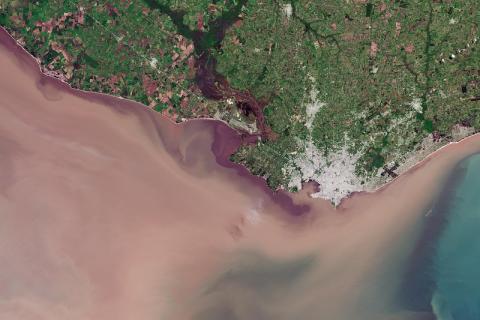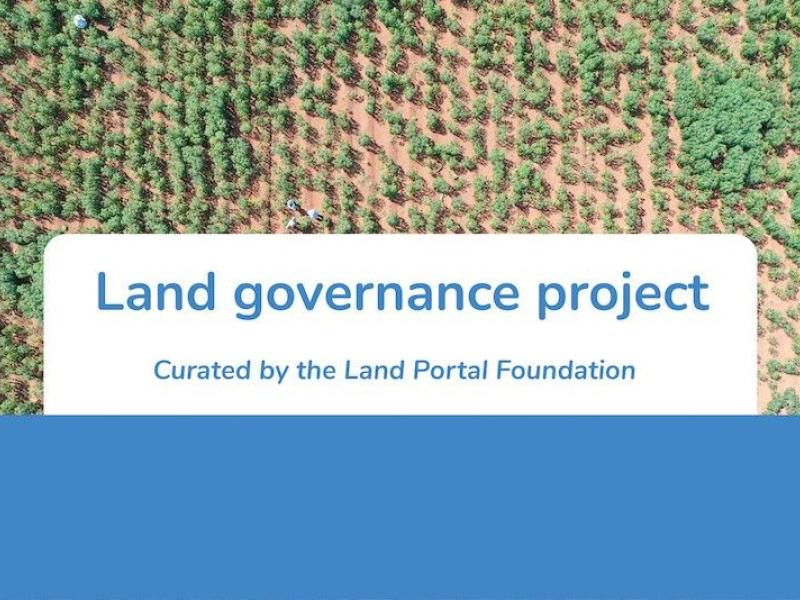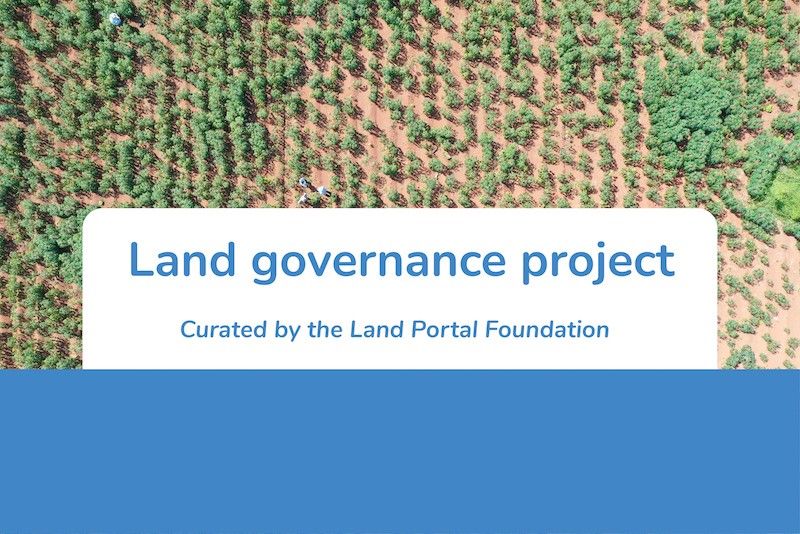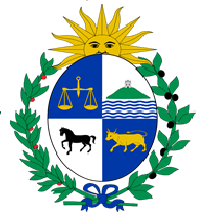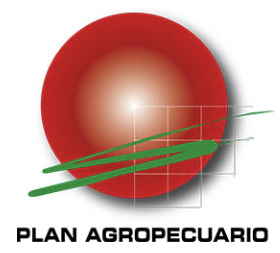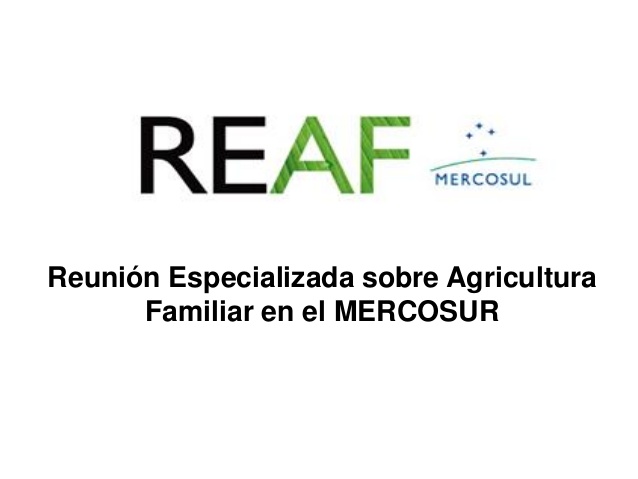Uruguay is one of the smallest countries in South America and is unofficially defined as the only one without a native indigenous population. Two phenomena have characterized land governance in Uruguay: the concentration of land in the hands of corporations and public limited companies and the significant presence of foreign capital in the land market. Unlike other countries in the region, land concentration has not led to an expansion of the agricultural frontier, which has helped prevent violent conflicts or illegalities in access to land.
Socio-economic indicators
browse all
Total population
3,426,260
Urban population
95.3 %
Land-related indicators
browse all
NewsBrowse all
13 February 2024
Un informe “Sobre la aprobación de Sociedades Anónimas en el Sector Agropecuario” del Ministerio de Ganadería, Agricultura y Pesca (MGAP), a cargo del actual subsecretario Juan Ignacio Buffa, dirigido al presidente de la República, Luis Lacalle Pou, da cuenta de la superficie del territorio…
24 December 2018
Uruguay - The results are dispiriting, if not unsurprising: a systematic review of the available literature has found that the socioeconomic impacts of large-scale tree plantations have been mostly negative for local people.
Intensively managed, large-scale tree monocultures now make up roughly 1…
07 May 2017
Hace unas cuantas décadas que en Uruguay no son comunes las reflexiones en economía política fuera de la órbita del pensamiento dominante. En el debate predominan los análisis comprometidos con la tradición de la escuela neoclásica y en menor medida aparecen formulaciones más propias de capitales…
Land use in Uruguay has been linked mainly to livestock, agriculture and forestry. Official data from 2022 show that more than 13 million hectares are dedicated to livestock.
BlogsBrowse all
26 May 2019
By Katie Reytar
This is the second installment of WRI’s blog series, New Perspectives on Restoration. The series aims to share WRI’s views on restoration, dispel myths, and explore restoration opportunities throughout the world.
The world has lost almost half of its original forest cover, due…



